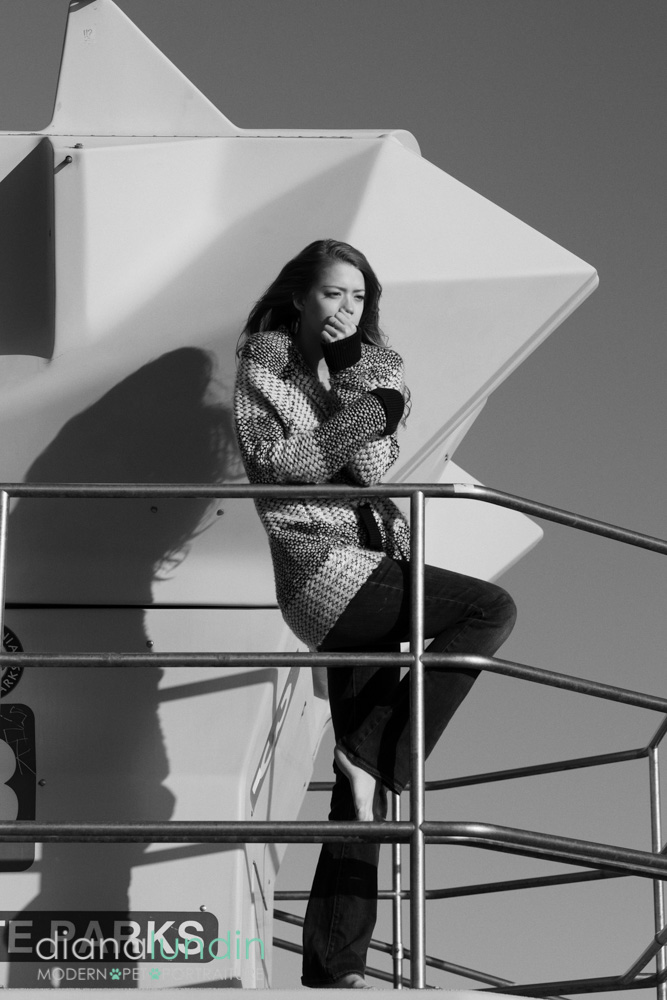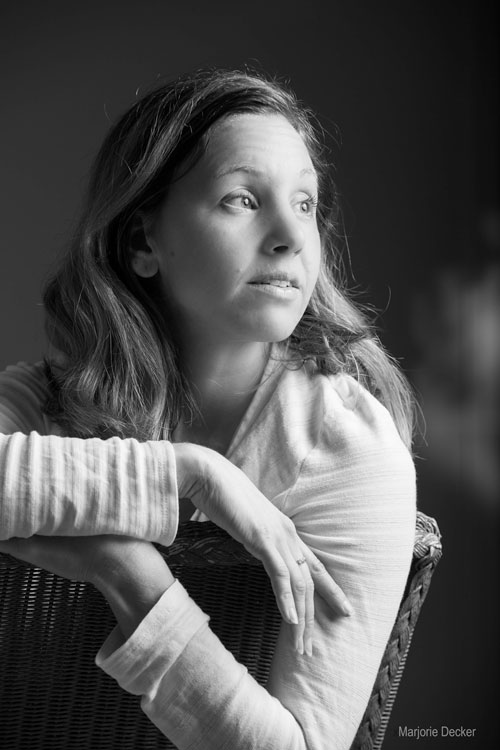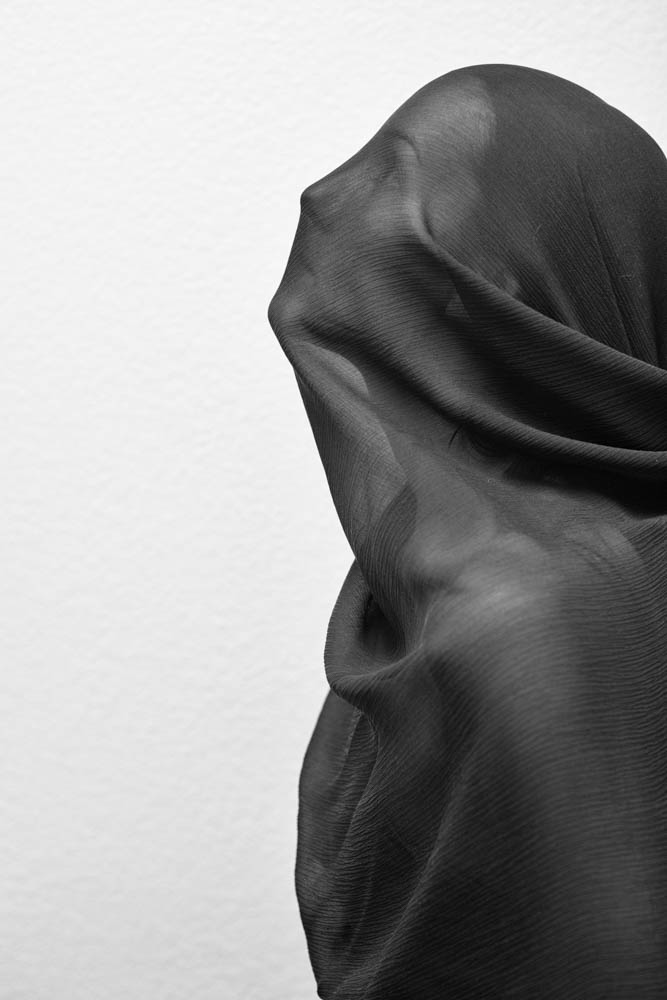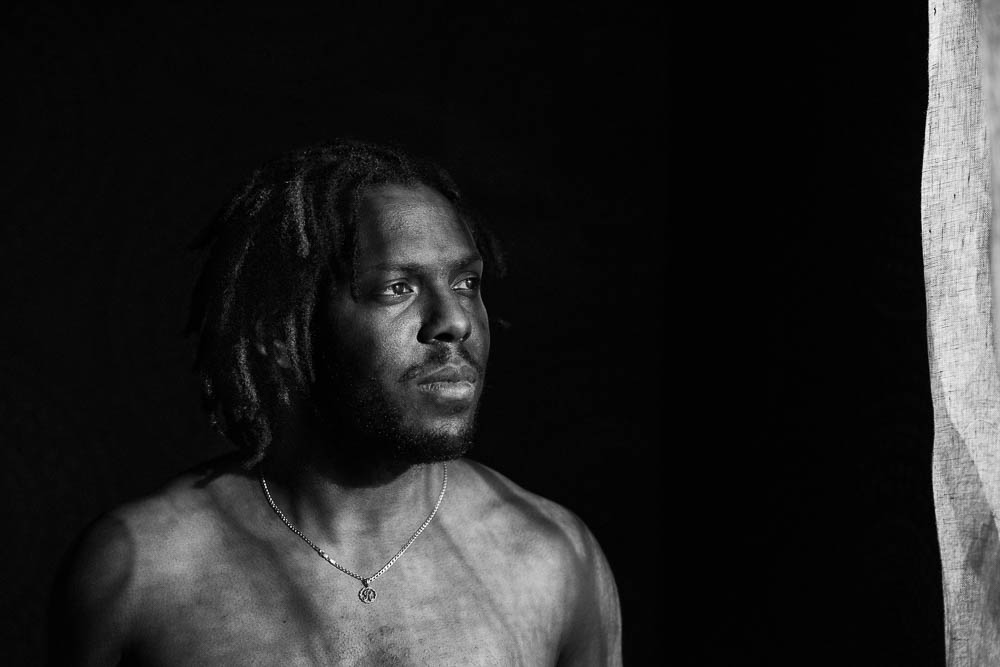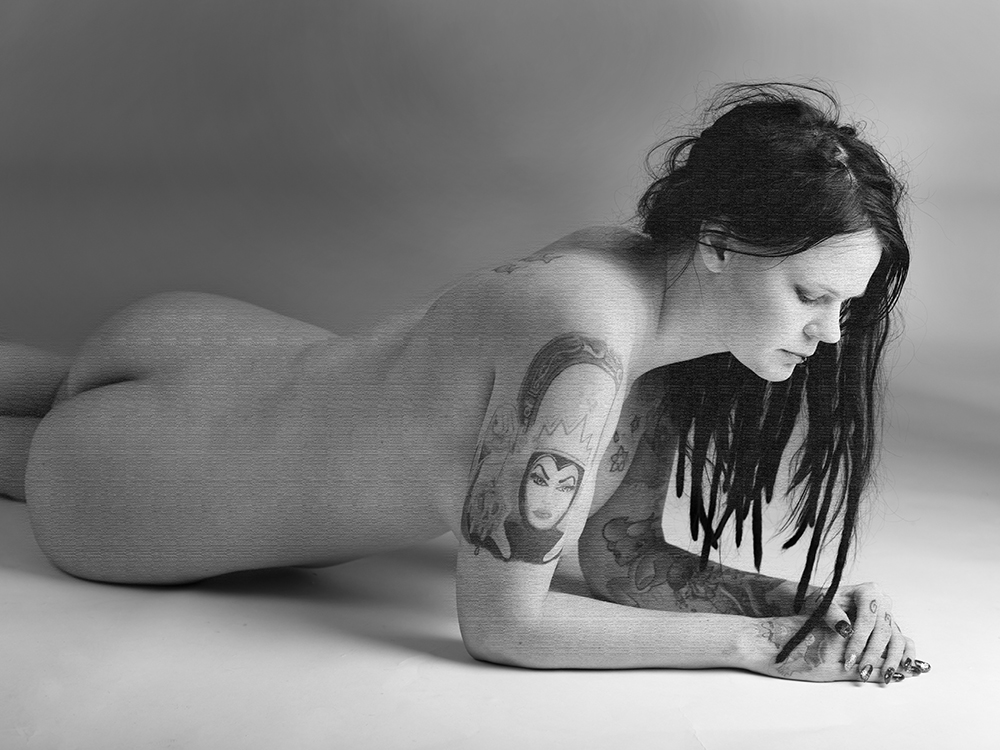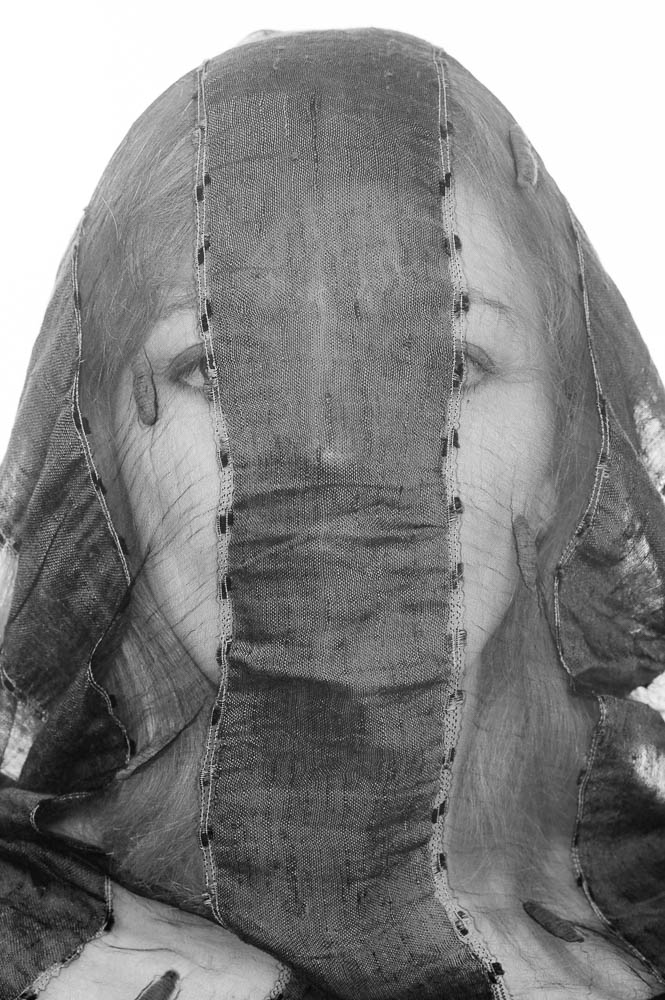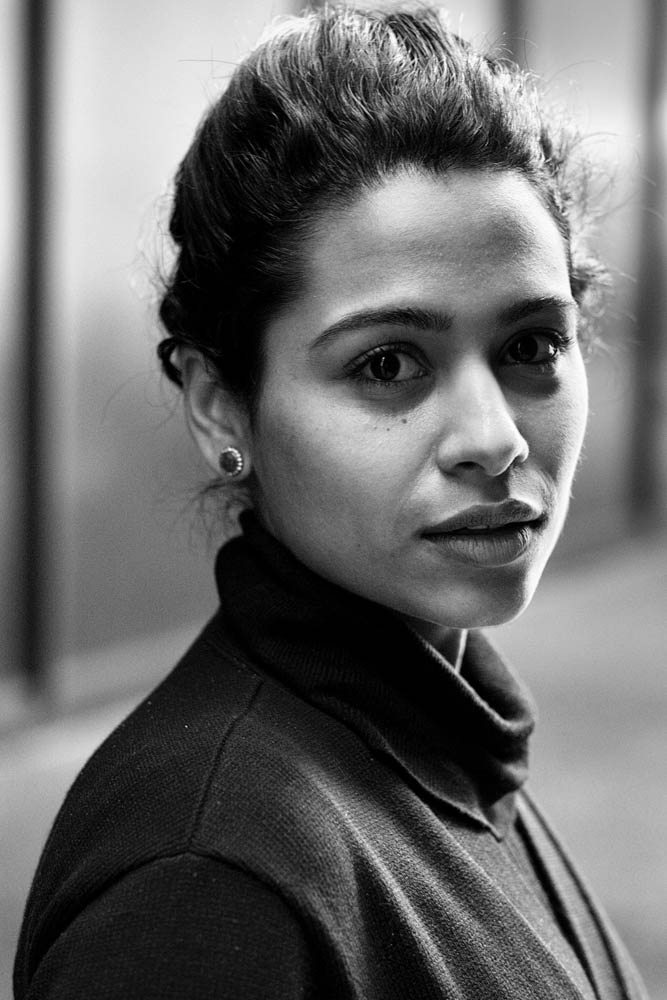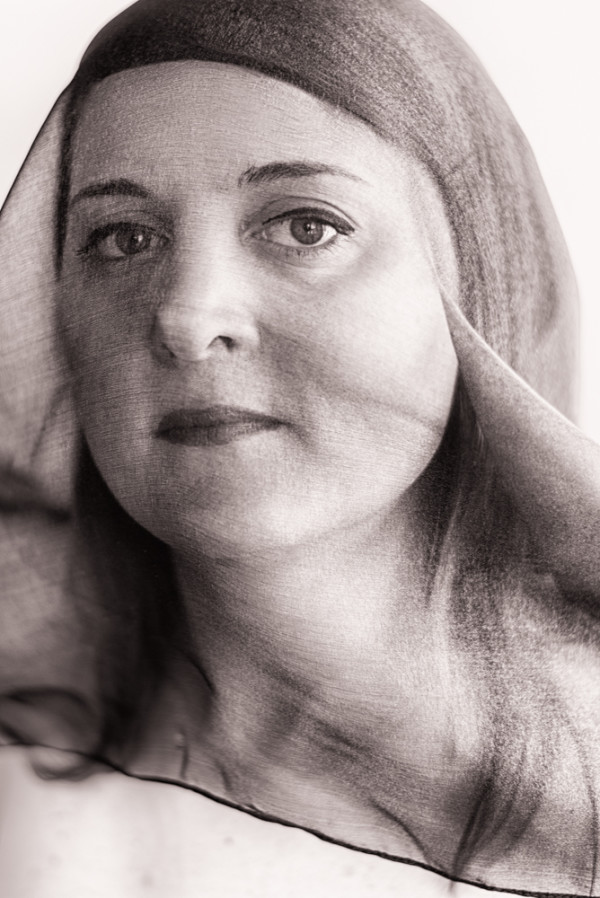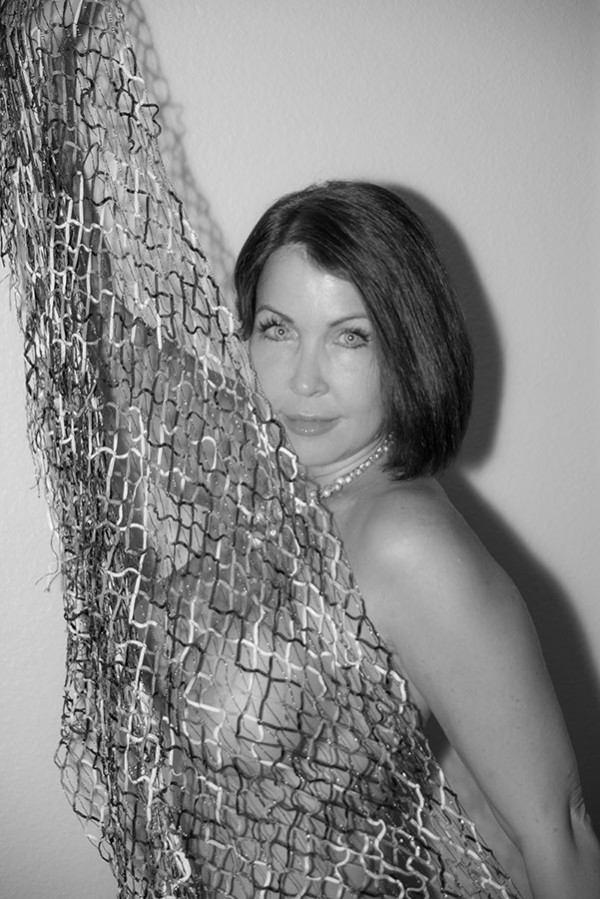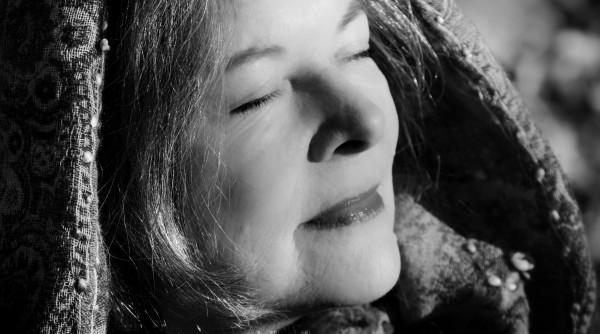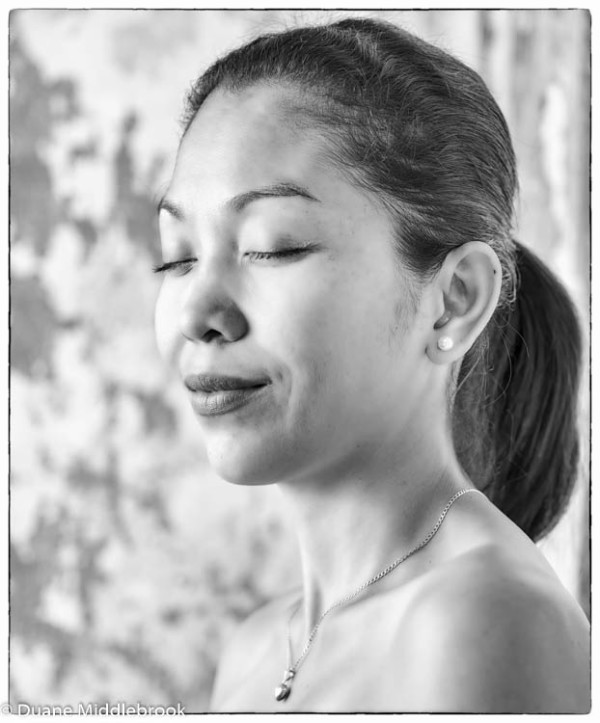Want to increase your photography chops? Try portraiture.
When we are working with another person, and trying to make a great portrait of them, we have many challenges that confront the photographic process.
The one that is largest, and seems to be one of the more difficult challenges is time. With a landscape or food or still life, we can take as long as we need in most instances. But with a portrait, time is of the essence. A bored subject can look tired or uninterested in front of the camera.
Add to that the challenge that so many of us put on ourselves of entertaining our subjects while they wait and we work to fix this stand or that umbrella… the stress can add up to an unfulfilling session.
Learning to work within this time constraint can make us better all around photographers, and lessen the need for vast quantities of Tequila and Rum at the end of a long day.
The cover image above is by Frederic Reblewski. Using a strong light behind the subject, his goal was a moody portrait of a young man in conflict. The light and shadow show a classical scenario that plays out well in this dramatic portrait. Close cropping of the image and the use of negative space help the mood along as well.
In this image, photographer Diana Lundin had a very short window to keep the sun on her subject. Notice the angle of the shadow that indicates the sun is already low in the sky, and to maintain the even light on the subject she had to work quickly. Using the graphical element of the lifeguard tower set the subject off, and provided another element of interest in the image,
Portrait photography helps you work on your composition as well. Having a subject that can move allows you to play with placement of the background elements. Trying several compositions quickly is much easier – just have your subject move a little to the left or right to see what happens,
Photographer Iryna Ishchenko moved her model into and out of the frame to find the point where the subject worked best in relationship to the background. Keeping the flow of the lines of the body, while making the subject nearly anonymous gives the portrait a sense of mystery and elegance.
This dramatic portrait was lit with only a window light. Photographer Linda Luu Kiefl positioned her subject to give extra dark space around him. This helps the feeling of isolation that is enhanced by the gentleman’s somber expression. Including a small part of the window shade in the photograph helps give it context and adds a bit of whimsy to the image.
Working with negative space on a plain background can be very challenging. Working the subject into and out of the light can help a photographer see composition happening right before their eyes. Working with the subject and space can be quite illuminating. Heh. Photographer Annely Silferwax worked with her subject looking off camera for added drama.
Portraits can encompass a wide variety of emotion. Photographers can use compositional elements to enhance feelings of isolation, elation, distress, sadness and joy.
Add to this the elegance of light, and the portrait photographer can work through all the challenges of photography in this one genre.
Texture, dimension, shape, color, and gesture are all within the purview of the portrait. Using light wisely and with intention helps set the mood for the portrait.
Adding texture and whimsy to the portrait, photographer Richard McDonald kept the light strong behind the subject and flattened it on the front side to present this portrait. Photographer and subject simply began playing with this interesting piece of cloth until something striking happened before the lens. The graphical element of the image is enhanced by the anonymous subject.
With the light fading fast, photographer Leonardo Ferri moved his subject between two pillars in the courtyqrd they were shooting in and pushed his ISO to capture the delicate ambient light from outside. The subjects haunting expression fit the mood of the light, and the soft texture of the background give the image a striking appeal. It has a timeless, tranquil quality.
These images are pulled from the student work from the 8 Week Portrait Workshop. The inspiration for this assignment was the work of Herb Ritts, an incredible photographer who left us far too young.

